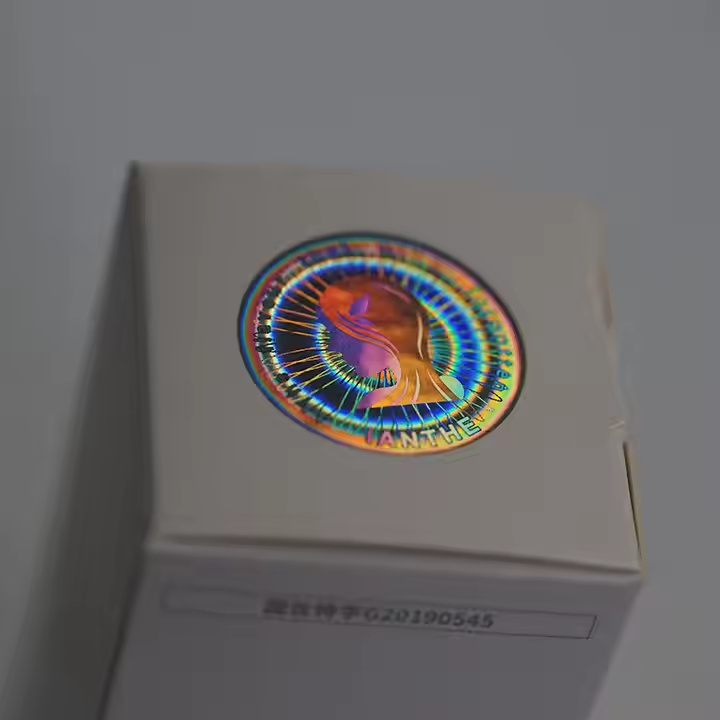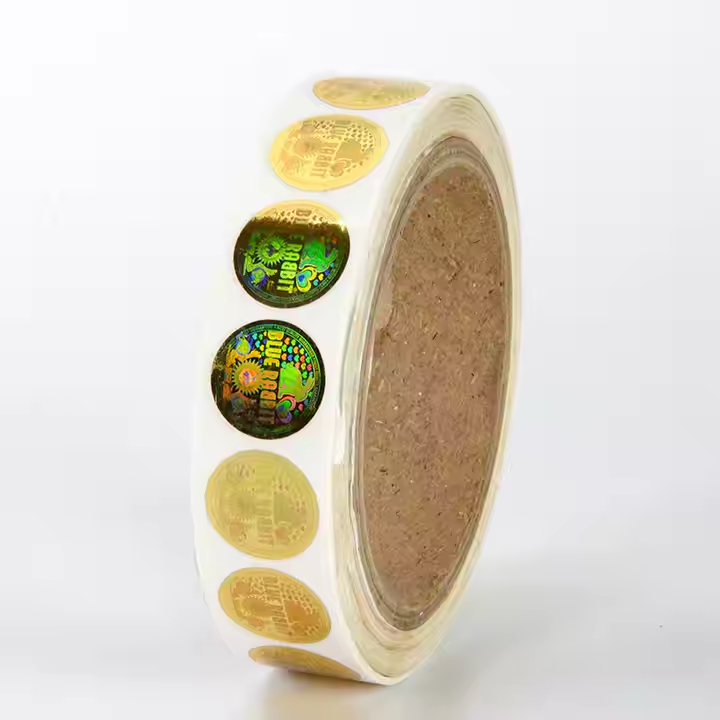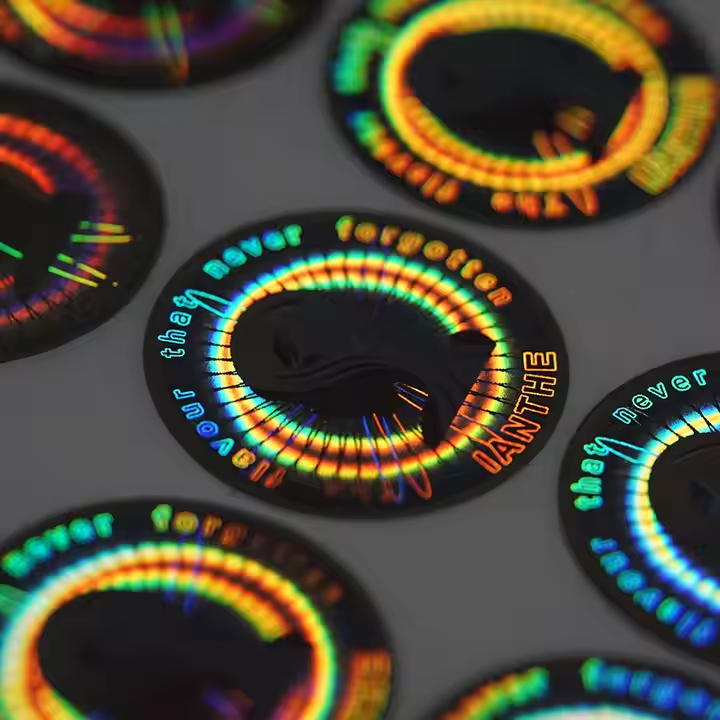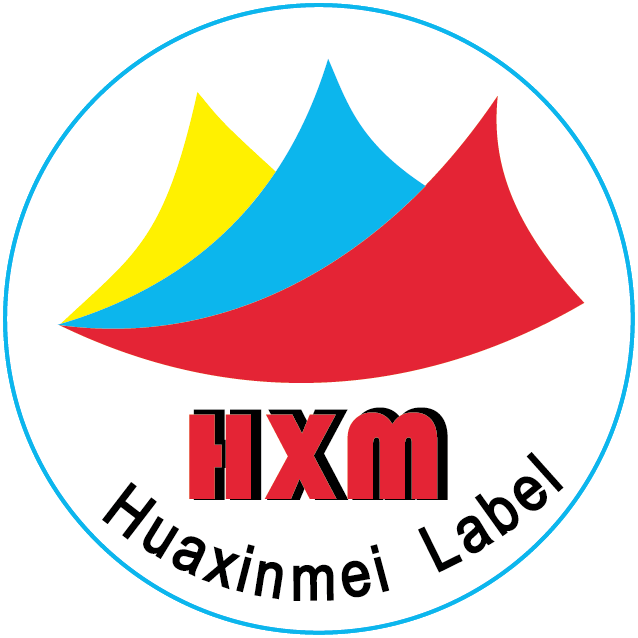In the design and production process of paper boxes, maintaining consistency means ensuring the quality is up to standard. How can factories achieve this? They can start with design and incorporate advanced production technologies that ensure the quality and efficiency of paper box production.

Design Phase
The first step is to develop precise specifications. This includes determining the detailed dimensions (length, width, height), shape (such as cube, rectangular, cylindrical, or custom designs), paper materials (art paper, white cardboard, gray paper, coated paper, corrugated paper, etc.), and printing requirements (style, colors, patterns, text). For example, a common rectangular shipping box might have dimensions of 30cm in length, 20cm in width, and 10cm in height, made of triple-layer corrugated paper with each layer weighing 120g/m². Accurate measurements help minimize paper waste, which saves costs. The box’s intended use also needs consideration; for instance, electronic product packaging may require internal dividers or cushioning to ensure protection. For fragile items like ceramics, protective measures, such as foam inserts, are crucial to prevent damage during transport. Producing standard samples based on the specifications can help ensure consistency in quality, serving as a reference for subsequent production. These samples must meet all appearance and performance criteria. For instance, in a cosmetic gift box, the printing color must be precise, and the fit between the lid and body must be perfect. Testing a sample against customer requirements ensures the box meets necessary standards in size, quality, and performance.

Raw Material Procurement Phase
Next, the focus shifts to selecting stable suppliers. Factories should partner with suppliers that offer high-quality materials, strong reputations, stable supply quality, and reasonable pricing. Evaluating the capabilities and reliability of paper suppliers is essential. Large, reputable paper mills generally maintain stricter production controls, ensuring better consistency in thickness, strength, and color. Collaborating with larger suppliers increases the likelihood of consistent quality. Contracts should clearly define quality standards, including acceptable ranges for paper parameters like weight tolerance and strength, along with handling procedures for quality issues. For instance, specifying a weight tolerance of ±3% ensures both parties’ rights are protected and obligations met. Additionally, rigorous inspection of incoming raw materials is crucial. Upon delivery, specifications should be checked for accuracy, and physical properties like compressive strength should be sampled and tested. For heavier products, robust paper materials must be used to prevent packaging damage.

Production Process Phase
To enhance box packaging consistency and quality, precise equipment setup and maintenance are essential before production begins. Printing, die-cutting, and folding machines should be calibrated accurately. For printing machines, adjusting ink supply, pressure, and color ratios ensures clear patterns and accurate colors. For die-cutters, sharp blades and precise cutting are necessary for uniform edges and dimensions.


